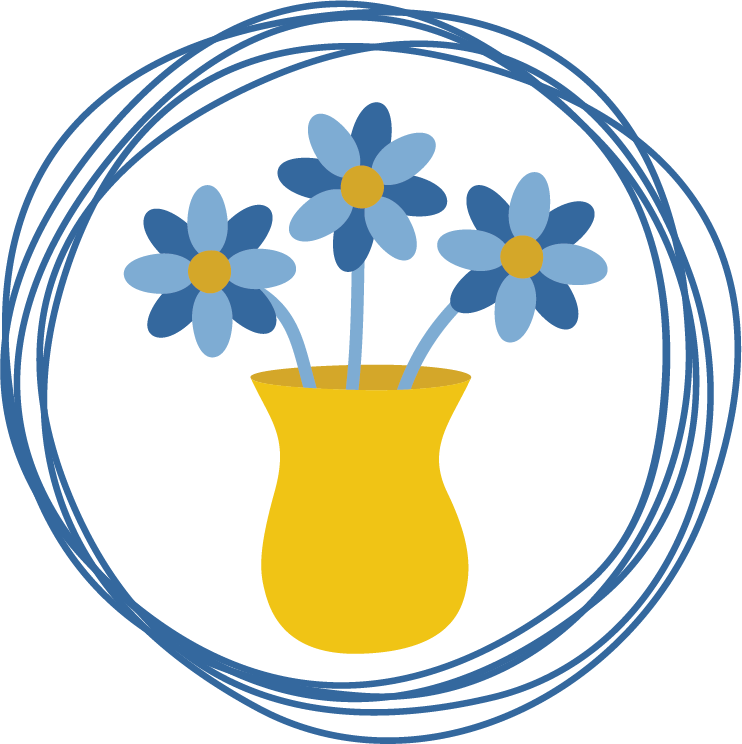The power of Design Thinking as a method is not in the activities, but in the mindset that drives them. The people-centered lens of design can be hard to sell to stakeholders or team members, especially if the process is new to them. The Design Thinking Mindset Activity is an effective way to immerse people into the power of design quickly.
Design Phase: Include
Facilitator: 1
Activity Group: 4-20
Time: 15 mins
Materials: Sticky notes and markers, Whiteboard Virtual Whiteboard, pen and paper

Before the Activity
Identify if this activity is needed to help bring people on board with the design process for the project. Ask to join a regular meeting with the participants and have 15 minutes on the agenda.
During the Activity
Make sure each participant has sticky notes and markers, pen and paper, or comfort with a virtual whiteboard’s drawing tool. Inform them that they will have 2 minutes to draw their idea for the following prompt: Design a better vase. Set the timer and let them begin. Once time is up, ask 2-3 participants who would like to share their design idea.
Next, inform the group that they will have 2 minutes to draw their idea for another prompt: Design a better way to enjoy flowers in the home. Set the timer and let them begin. After the timer goes off, ask 2-3 participants who would like to share their design idea.
After the Activity
Debrief the activity with the group. Chances are good that for the “better vase” prompt, all the design were vases. More bells and whistles, but still a vase. For the “better way to enjoy flowers in the home” prompt, the ideas generally show a wide variety of ideas and creativity.
Explain that this difference is because the first prompt is asking them for a specific product: a vase. While we can make it better, it will always end up with us making a vase. The second prompt is asking them to design around an experience that people will have with the product: enjoying flowers at home. There was no prescribed final product, no strict path to follow, just a focus on the human who will be using this product and what they will feel during its use. Share that this is the power of Design Thinking, the focus on the person and their experience as opposed to a pre-determined outcome.
